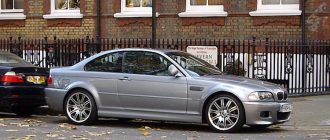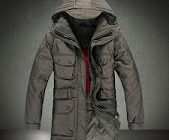Interested in German Tiger tanks? Want to know how they helped the Nazis during WW2? Read our guide for more facts & information…
If you thought the German Panzer tank was something to fear, you really must not have any knowledge of the capabilities of the German Tiger tanks. Known as the King Tiger Tank, this majestic destroyer made its presence felt to the world during the Second World War, posing problems of such magnitude to the opposition that even by the time the war had ended, no defense or strategy could be formed to negate the threat posed by it.
The development of the Tiger Tank, or rather attempts at it, had started around 1937 but it was not until Hitler expressed his wish to have a tank possessing greater penetration capability and being fast and well-armed at the same time. The Tiger fulfilled these conditions, as it boasted an 88mm main gun which had a muzzle velocity somewhere in the region of 1000 metres per second. That meant that not even a 150mm thick armor that was more than 2200 metres away from the Tiger was safe from damage.
The Tiger itself was nothing less than a fort on wheels, as it had a 150 mm thick front armor and 80 mm thick side armor, which made it, at that time, almost impossible to damage. Couple that with its decent 35 to 38 km/h road speed and 17 to 19 km/h cross-country speed and it seemed that the Germans had struck gold with their latest tank design.
However, all that armor, arsenal and ammunition took its toll. The Tiger was a sheer monster in size and weight. With the Porsche turret it stood at 68.5 tons. This was a major problem when the question of maneuverability arose. The German Tiger Tank, not at all surprisingly, was not the most nimble of machines. The other major drawback with the Tiger was the fact that it had gargantuan consumption but was terribly underpowered. It was with a Maybach HL 230 P30 engine that produced 700 hp of power. How the sheer inadequacy of these figures escaped the notice of the numerous German engineers is a question that remains to be answered to this day.
On top of this was the consumption of the German Tiger tank. Germany was in the midst of a fuel shortage at the time of the Tiger’s inception but still no attention was paid to its fuel consumption. The V12 Maybach engine had an average of 500 km per 100 litres, meaning that with its capacity of 800 litres of fuel, it would have a maximum range of around 80 km cross-country and 110 km on the road. This was the sole reason why a number of Tiger’s were abandoned during the war, as they ran out of fuel.
Another drawback of the size of the German Tiger tank was the fact that it could easily get stuck in mud or difficult places. With the underpowered engine, it would be become a mission to try and salvage the tank and this too led to a number of then being abandoned.




